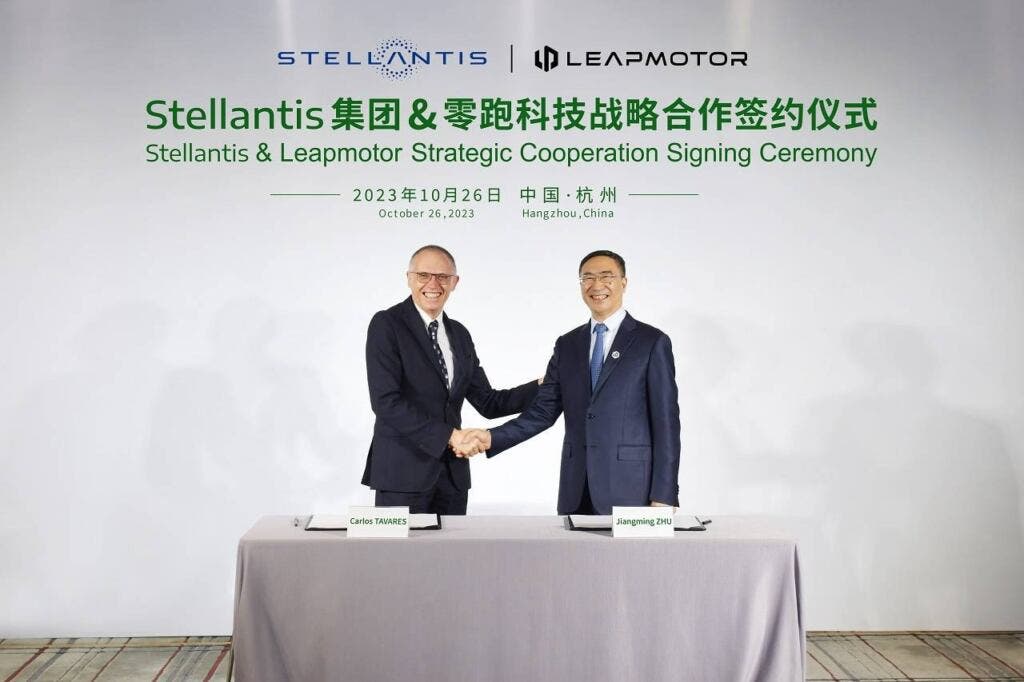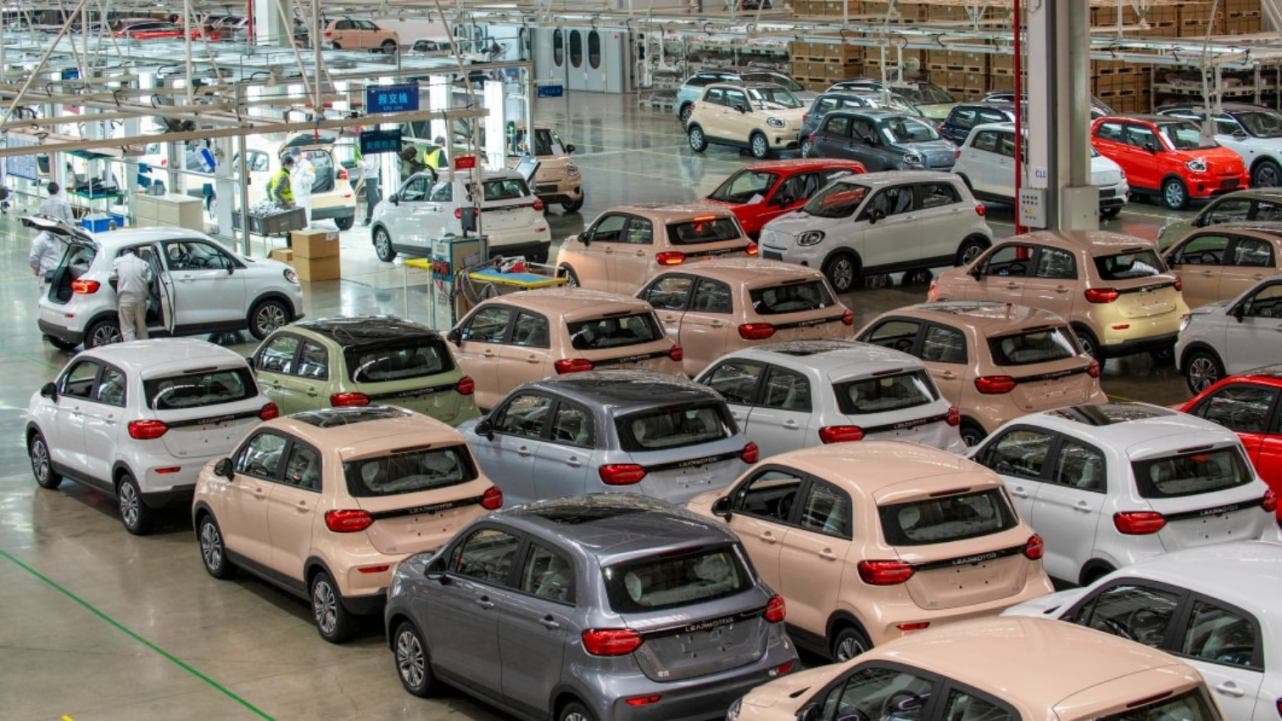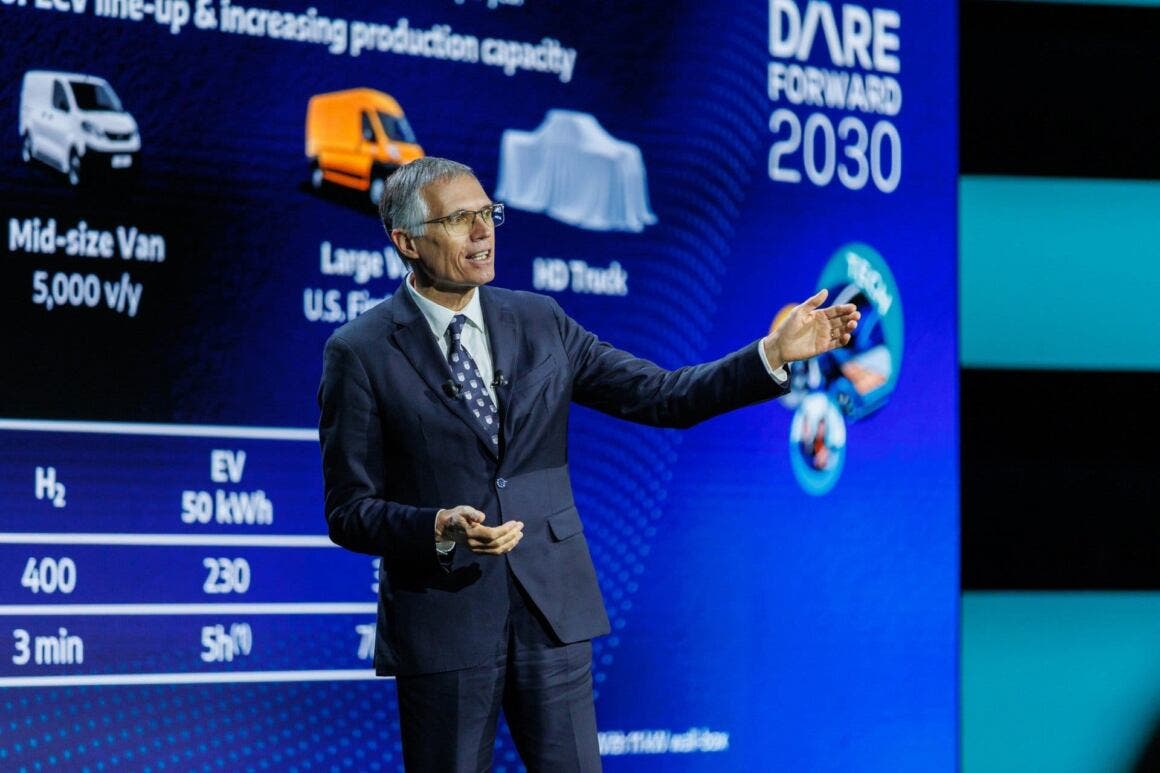“If you can’t beat them, join them,” Stellantis must have thought when it acquired shares in Leapmotor. The automotive Group appears to be moving towards the low-cost model strategy adopted by Chinese electric vehicle manufacturers. However, for Chinese manufacturers, trade barriers in Europe and the United States, criticized by CEO Carlos Tavares as harmful to competition, are a major problem.
The automotive group faces several challenges if it wants to establish itself in an increasingly competitive market, and the problems are on both sides of the Atlantic. Tavares has already defined tariffs as a terrible choice in the United States and a real “trap,” arguing that they hinder traditional car manufacturers.
Is Stellantis allying with Chinese automaker Leapmotor because it can’t beat them?

According to Tavares, the most effective way to counter Chinese competition is to “become Chinese,” as he stated at the Reuters Events conference held in Munich last May. This strategy, in fact, prompted Stellantis to invest in acquiring 20% of Chinese automaker Leapmotor, an electric vehicle manufacturer. Through this joint venture, Stellantis has gained access to Leapmotor technology and exclusive rights to produce its electric vehicles outside China.
At the moment, however, Stellantis is one of the few that has formed direct collaborations with Chinese manufacturers to remain competitive. Currently, Stellantis produces Leapmotor models at its Tychy plant in Poland, alongside vehicles from brands such as Fiat, Jeep, and Alfa Romeo. But that’s not all, because Tavares has also stated he wants to bring Leapmotor car production to North America as well. In the two regions, however, there are different approaches towards Chinese electric vehicles and their technology.

In Europe, in addition to recent tariffs, Chinese electric vehicles are already marketed and several nations also offer incentives. In the United States, on the other hand, while it is technically possible to produce Leapmotor vehicles using non-Chinese components and local labor, the savings would be too small. The real challenge for Stellantis in North America, in fact, would be political.
Protectionist measures have divided automakers. Some executives, like Tavares, oppose tariffs, arguing that they don’t push manufacturers to improve their competitiveness. German automakers, who depend heavily on the Chinese market, are among those worst off during this period.
Some automakers are revising their electrification plans. Stellantis is holding firm to its goals. There’s talk of selling 100% electric vehicles in Europe and 50% in the United States by 2030. A challenge that seems impossible given how the market is going now.

